Students sleeping outside, custodial staff throwing up: the story of UVM emergency housing without air conditioning
Shuvan Shrestha a senior standing in front of his dorm room June 24. He is the only student living in University Heights North.
After three months of living in emergency housing, the 30 students who remain on campus have begun sleeping outside to escape what one UVM employee described as “life-threatening” heat.
“The Physical Plant employee who I spoke with on the phone said my condition was life-threatening because the temperature in my room stayed from 88-93 for almost a week,” Shuvan Shrestha, a senior in emergency housing said.
Shrestha is from Kathmandu, Nepal and has been living in University Heights North under emergency housing since March 30, unable to go home because of the pandemic.
Physical Plant informed Shrestha May 19 that the heat had been turned on in University Heights North for maintenance purposes, but that it would be turned off in a few days.
After five weeks neither Reslife nor Physical Plant had solved the problem.
Shrestha emailed President Suresh Garimella, Vice Provost Annie Stevens and three other UVM employees on June 22 at 5:58 a.m.to inform them that his room’s temperature was 91 degrees while the temperature outside was 69 degrees.
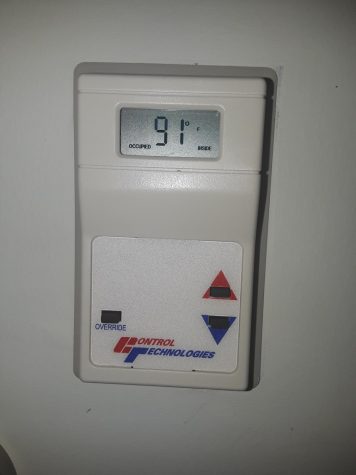
The Physical Plant department performs critical and vital maintenance and upkeep of all building, mechanical and utilities systems and infrastructure and grounds of the University campus, according to their website.
Physical Plant did not respond to comment on the statement made by one of their employees to Shrestha about his room temperature being life-threatening.
“There are occasional hot days in Vermont that some may find uncomfortable, but there never was any life-threatening situation in any student housing,” stated Enrique Corredera, UVM’s spokesperson.
Shrestha emailed Reslife on June 20 saying he didn’t know what else to say after emailing them about his issues since May 27 without receiving any concrete help.
“Physical Plant refers me to Reslife, and Reslife takes 3-4 business days to respond, even in relatively urgent situations like this one,” Shrestha stated.
Shrestha went on to say that he believes students living on-campus are the most vulnerable student population right now, not the students UVM hopes to bring back in the fall.
“I’m so concerned that UVM has forgotten that there are still students living in its residence halls, unable to go home, alone by themselves,” Shrestha stated.
As of June 24 Shrestha had been sleeping outside of his room for three weeks. Shrestha alternated between his common room, the lobby, and as a last resort, he slept outside on the University Heights North green roof.
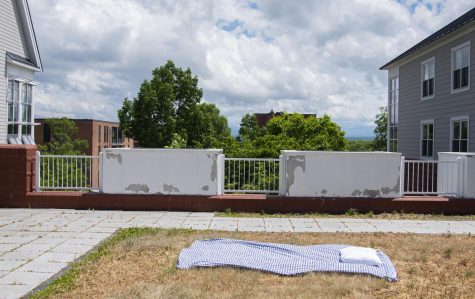
“The lobby was a bit cooler than my room so I was able to sleep there but the lights were always on in the lobby,” Shrestha said. “It was for weeks that I slept outside.”
According to Sue Willette, a member of the University Heights North custodial staff, Shrestha is not the only student who has been forced to sleep outside to escape the heat.
“The kids over at Harris-Millis are going through the same thing, and they’re sleeping in the lounges,” Willette said. “COVID is going around. Turn the air conditioning on and put them in buildings that actually have air conditioning.”
Students in emergency housing are not the only people suffering from the heat in the dorms. According to Willette, members of the custodial staff have been throwing up from heat exhaustion while they clean out rooms.
“It’s unhealthy for all of us, two people called out yesterday because of the heat,” Willette said.
Air conditioning is supposed to be running in University Heights North during the summer months, according to UVM’s page for the University Heights Residential Learning Complex.
“Each of these new rooms have…100% fresh air supply, in addition to being air-conditioned in the summer,” the website states.
Five different UVM employees have five different explanations for why the university is not running air conditioning in University Heights North this summer.
A Residential Life employee named Katie, who did not sign her emails with her last name, was the first person to respond to Shrestha’s request for bringing down the temperature of his room on June 2.
“I am trying to get clarity regarding whether the A/C will be turned on for the summer (it usually is so I’m not sure why this summer would be an exception),” Katie stated.
In the email sent to Stevens and Garimella June 22, Shrestha wrote about how the temperature in his room was still 20 degrees hotter than the outside temperature.
“I feel helpless,” Shrestha stated in the email.
Stevens responded to Shrestha’s email on June 22 apologizing that the temperatures were that high, but stating, “Physical Plant nor Residential Life can change how hot it is.”
Stevens then offered a room in MAT to Shrestha and suggested that he turn on a fan and open his window.
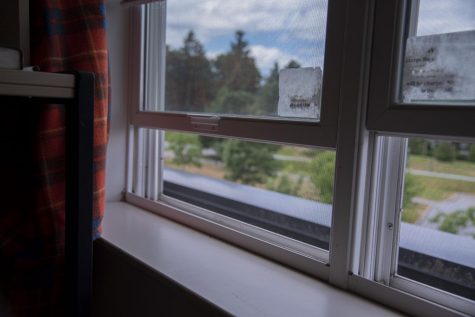
Stevens did not respond to the Cynic’s request for comment regarding the email she sent to Shrestha.
At the start of the pandemic the University informed the custodial workers that the air conditioning was experiencing mechanical problems, Willette said.
“Just the other day we were told that to save money they are not running the A.C. this year because we were so far over budget,” Willette said June 24.
Kim Parker, Associate Director of administrative services, responded on June 24 to Shrestha’s request to lower the temperature of his room, “UVM does not provide air conditioning in the residence halls during the summer months.”
Parker’s statement directly contradicts the fact that air conditioning is supposed to run in University Heights North during the summer months, according to the website.
Parker could not be reached for comment.
Willette said she saw Reslife maintenance employees installing air conditioning units in dorm apartments that UVM staff live in.
“These apartments are in the end units on various buildings including UHN,” Willette said.
Staff required to live on-campus for work and renters may purchase a unit as long as it is portable, not a window unit, but Reslife is required to install them, Director of Residential Life Rafael Rodriguez stated in a June 24 email.
Students may not install personal air conditioners, according to UVM’s Housing and Meal Plan Contract Terms & Conditions 2019-2020.
“Air conditioners recommended by Student Accessibility Services (SAS) and installed by Residential Life may be permitted,” the contract states.
Shrestha began reaching out to Reslife on May 27 about the temperature of his room. After almost a month Reslife offered Shrestha a room in MAT on the second floor.
Shrestha declined to switch to this room stating “I made a visit to the MAT room, and it is more hot than my room in UHN.”
In their most recent email to Shrestha, Reslife informed him that they decided to purchase fans for all of the students still in emergency housing.
“If you already have a fan, a second fan may provide some additional cross-ventilation and relief,” the June 24 email stated.
As of July 1 Shrestha still has not received a fan, stated Shrestha.
Students in emergency housing have been at UVM for 91 days as of now. Emergency housing can be a very isolating experience, as students are purposefully staggered among buildings to stop the spread of COVID-19.
“International students are going through so much emotional stuff, they cannot readily talk to their family back home due to the time difference. The heat situation has made this all much worse,” Shrestha said.
Editor’s note: The Vermont Cynic will get a fan for any student who needs one. See more details here in the letter from our Editor-in-Chief.
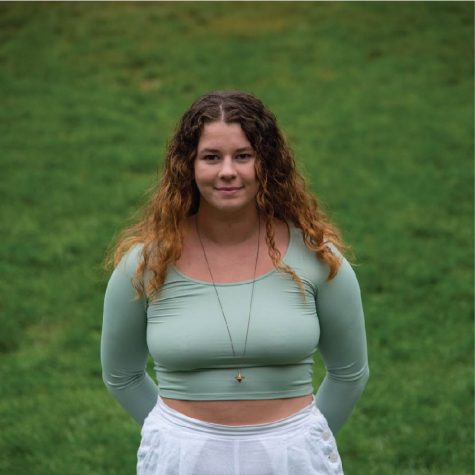
(She/her)
Kate Vanni is a senior Communications Design major with minors in Applied Design and Studio Art. Before becoming the Editor-in-Chief, Kate...


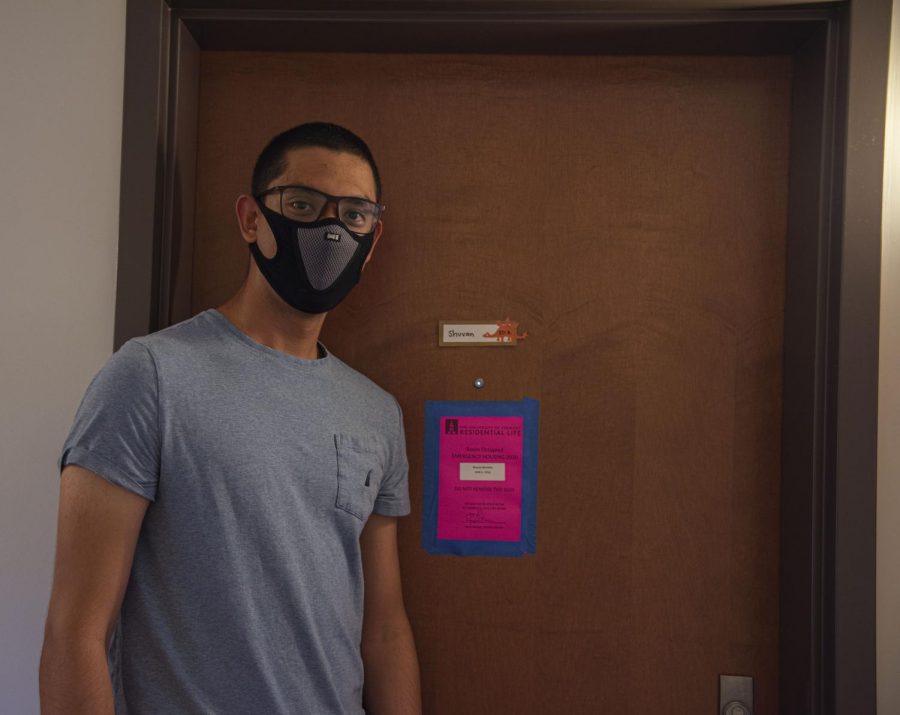
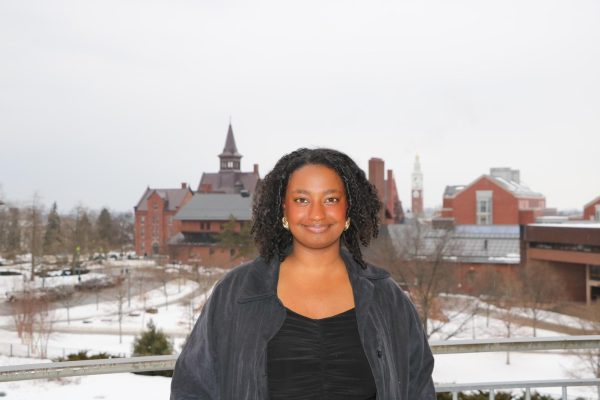


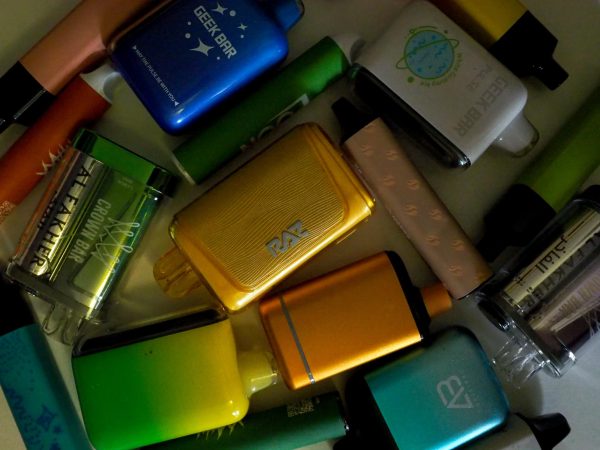

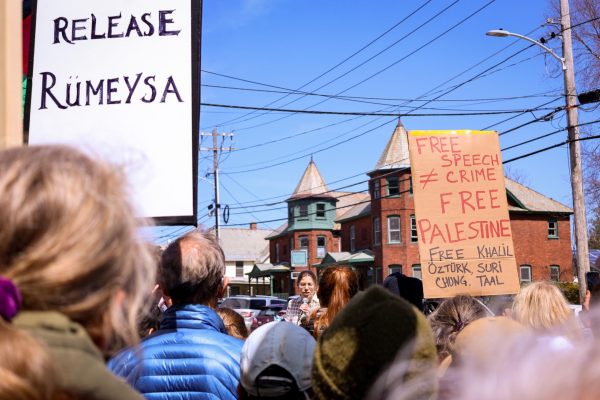


Eli Lewis • Jul 2, 2020 at 6:16 pm
this is insane. thank you for covering this. Could be a serious law suit if the student chooses to pursue that route. I think they would have a strong case of negligence by UVM
Lisa Leduc • Jul 2, 2020 at 4:49 pm
UVM, this situation is ridiculous. These students are facing enough trauma without this clear neglect of accountability. If there are 30 students restricted to campus, then house them IN THE SAME BUILDING if the cost of a/c is too prohibitive. I’m not clear from the article as to whether or not the heat is running in these buildings or if it is strictly the lack of a/c. Expecting students to be able to cool their rooms down with a tiny window in the heat we have been experiencing is ridiculous. Dehydration can cause all kinds of health issues, not to mention the proliferation of mold and bacteria in these rooms and bathroom facilities. Not clear if custodians are having to clean in these non-cooled buildings, but that is also unacceptable in this heat. Get on it, UVM, and treat your students humanely — doing the right thing isn’t going to break the bank, but not doing so can certainly cost you your reputation with your benefactors.
Alison segar • Jul 2, 2020 at 2:51 pm
I have a spare room
Please be in touch if you would like to escape from uvm and be treated with the respect and dignity that is your right
Mw • Jul 2, 2020 at 11:53 am
Sounds like the people that run the motels with the homeless people are running uvm
Michael Arnold • Jul 2, 2020 at 10:49 am
Absolutely shameful.
Evie Collins • Jul 1, 2020 at 11:36 pm
After reading this it’s our responsibility to take immediate action , your school system has failed you , I have contacted the police . This issue will not go unresolved. Anyone who reads this now has a role to play of stopping the madness, stay strong . I will not let this go.
Laura Lucas • Jul 1, 2020 at 9:35 pm
May I fund an “approved” A/C unit for this student, Shuvan? This is ridiculous. I will be happy to include a copy of the receipt in response next time I am contacted by UVM for an alumni donation.
Michelle • Jul 1, 2020 at 9:16 pm
How can the community help?
Karen Gross • Jul 1, 2020 at 9:05 pm
Not sure what happened to my comment. Here is a short version: this is an outrage, even if only 25% is true. And students need to become Even more forceful advocates: call State Department of Health and Secretary of Education. Head to the President’s house and ask to stay there. And the campus expects students in person in Fall 2020? Seriously? If you can’t get temperature right, how will folks in administration do trying to create a Covid free bubble? Emergency housing is traumatic enough; now this? Unspeakable mess. Speak out now.
Karen Gross • Jul 1, 2020 at 8:53 pm
As a former college president in VT (until end of 2014), I know there can be many versions of a story. But, even if 25% of this is true, it is an outrage. With the pandemic and racial tensions and trauma, it is hard to believe the university hasn’t fixed the issue. And they are considering students on campus this fall? Seriously? What accounts for this grotesque malfeasance for students who needed emergency housing? That spreads is trauma enough. Time for action and protests and sit-ins. Call State Dept. of Health. Call Secretary if Education. Call police and fire. Call newspapers. I am not joking. You should all go live in the President’s house.
Sarah Greenberg • Jul 1, 2020 at 8:27 pm
Hi! I’m a UVM alum who lives in Winooski currently, can you put me in contact with the people who need fans? I can deliver them in the next few days. This shouldn’t be happening!